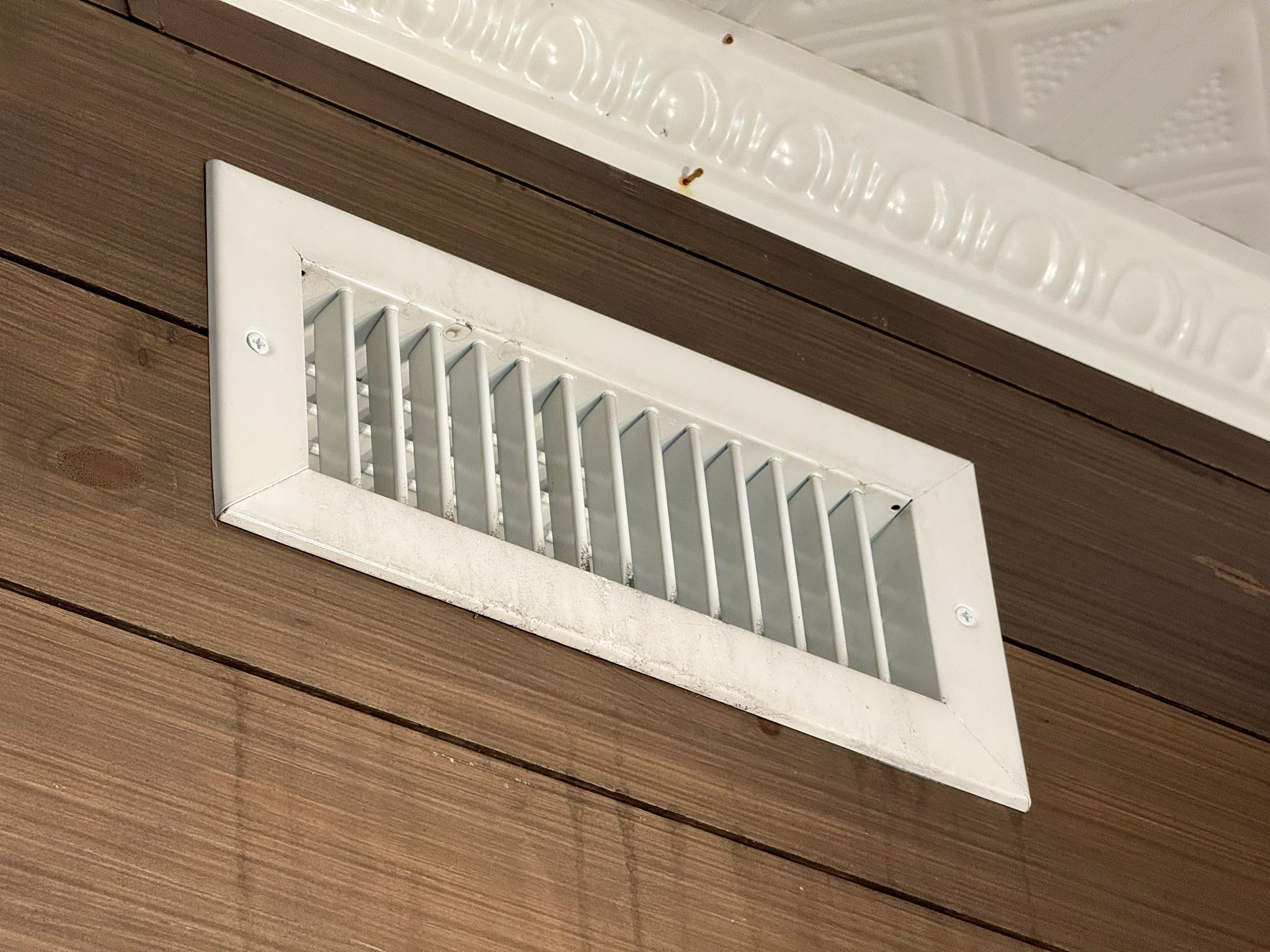DIY Tips for Attic Ventilation: Ensuring Proper Airflow
Understanding the Importance of Attic Ventilation
Proper attic ventilation is crucial for maintaining the overall health of your home. It helps regulate temperature, prevents moisture buildup, and extends the lifespan of your roof. Without adequate ventilation, you may face issues such as mold growth, increased energy bills, and structural damage.

Identifying Ventilation Needs
Before you begin any DIY project, it's essential to assess your current attic ventilation. Check for signs of poor airflow, such as musty odors, excessive heat, or dampness. Understanding the specific needs of your attic will help you choose the right ventilation solutions.
Types of Attic Ventilation
There are several types of attic ventilation systems, including ridge vents, soffit vents, and gable vents. Each type serves a unique purpose, and the right combination ensures balanced airflow. Consider your attic's layout and climate when selecting the best options.

DIY Installation Tips
Installing attic vents can be a rewarding DIY project. Start by gathering the necessary tools and materials, such as a saw, drill, and vent covers. Always prioritize safety by using appropriate protective gear and ensuring stability while working on the roof.
Step-by-Step Guide
- Plan the Layout: Determine the placement of vents to ensure even distribution.
- Cut Openings: Use a saw to cut openings for the vents in the designated areas.
- Install Vents: Secure the vents firmly using screws and ensure a tight fit to prevent leaks.
- Seal Gaps: Use caulk to seal any gaps around the vents to protect against water infiltration.

Maintaining Your Ventilation System
Regular maintenance is key to keeping your attic ventilation system efficient. Inspect vents periodically for blockages or damage. Clear any debris and ensure all components are securely fastened.
Additional Tips for Optimal Airflow
- Insulation: Ensure proper insulation to complement your ventilation system.
- Monitor Humidity: Use a hygrometer to keep track of attic humidity levels.
- Seasonal Checks: Perform checks at least twice a year to address any seasonal changes.
By implementing these DIY tips, you can significantly improve the airflow in your attic, leading to a more comfortable and energy-efficient home. Proper ventilation is an investment in your home's longevity and your family's well-being.
